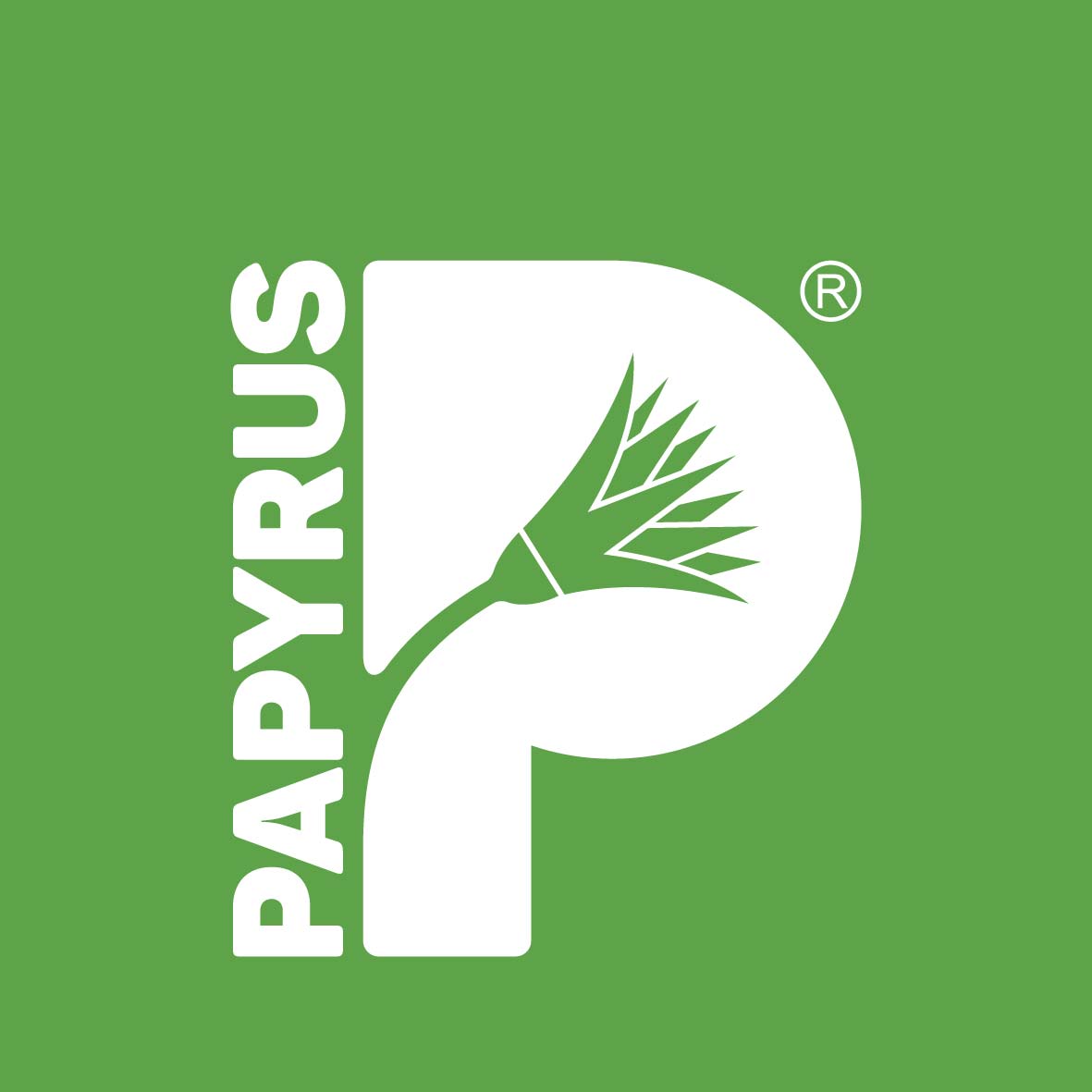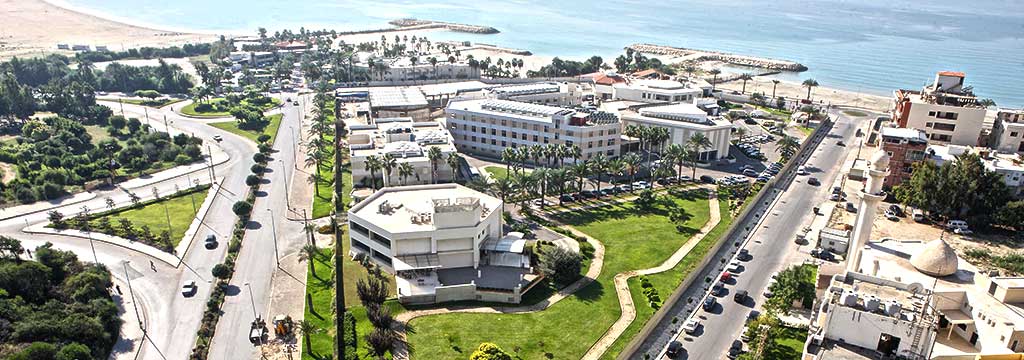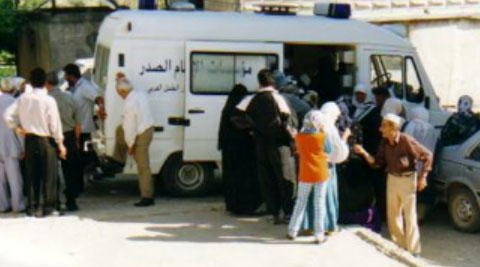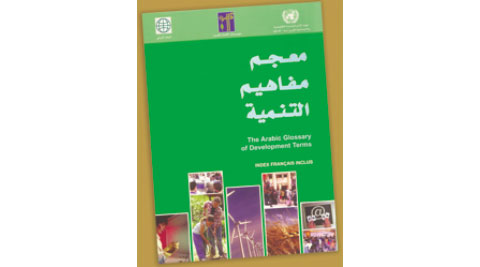History
Lebanon, by virtue of its structure, is one of the most vulnerable countries to outside influences. Lebanon is especially vulnerable to threats as it sits at close quarters to hubs of instability. Our prayer for our country is for it to be a model for peace and love to all humankind, but we have been so far destined to watch as it slips steadily towards the abyss of brutality and hatred.
Lebanon became infamous as a result of the civil war which erupted in the country in 1975 and because of its combustive relationships with its neighbors. The country is characterized by the diversity of its denominational communities, with 19 officially recognized denominations. The last population census was conducted over eight decades ago, but the latest estimations indicate that the population today exceeds 5 millions, around 400,000 of whom are of Palestinian extraction, over one million of Syrian refugees, and another half a million of various other nationalities.
Lebanon has in place a liberal economic system, characterized by banking secrecy and the free circulation of money and goods. Public finance is plagued by the limited size of the tax base which barely exceeds 20 percent of the population. The country is also currently burdened by rising public debt, where the servicing of debt depletes a significant portion of the public budget. This adds pressure on investment allocations and securing social entitlements to the people, particularly the poorest and most marginalized among them. Moreover, exposure to socio-economic threats is frequent, whether due to structural distortions and the lack of an integrated social policy, to the violent tensions between Lebanese factions, or to the historic conflict with Israel and the invasions and destruction it produces. As a result, the situation described above has led the public sector to assume the position of passive receipt and reaction. The void created in services and relief provision is filled by civil society, NGOs, and international agencies.
In any event, one can observe how the role of the government fades or how the government veers from the performance of its duties in governing public life and providing its citizens with decent living conditions. Faced with these realities, the Lebanese society produced civil and non-governmental organizations, associations, and networks which have had a long experience in delivering social, educational, and health services to preserve the minimal requirements for human dignity. They have succeeded to a large degree in rescuing the Lebanese social fabric from erosion and full-on breakdown. These organizations have begun seeking to advance their roles towards a new formula that would move their stakeholders from the passive receipt of services to empowerment, increased self-reliance, and involvement in sustainable production, social, and cultural institutions and systems.
We are convinced that this rich experience can and should benefit Arab societies, but what should the message of civil society be, and to whom should the message be addressed? Each part of this weighty question raises a subset of questions. One should first acknowledge the fact that Lebanese civil society is still divided. Indeed, it greatly identifies with “non-civil” society, so to speak. Distinguishing between the two is almost a purely theoretical or abstract exercise. In fact, many Lebanese parties and denominations have educational, healthcare, and services wings, whereas “unaffiliated” civil associations and organizations grow less independent in times of crisis as they jump on the bandwagon of this or that area or denomination.
Despite such structural and funding obstacles, one cannot ignore the fact that voluntary and non-governmental organizations are moving forward in terms of actively contributing to social change and in rallying and involving the people in the development process. Such associations have begun moving beyond their traditional roles of caring for the poor and assisting the victims of disasters and wars to more advanced interventions, notably in the areas of empowerment, training, and engagement towards social justice and sustainable development.
Between 1962 and 1978, Imam As-Sadr created dozens of centers, initiatives, and institutes. The foundation embodies but a few of the Imam’s ideas. It all started in the city of Tyre and its suburbs with programs to support and aid the destitute and local communities. Illiteracy programs were launched, public establishments were founded, and women were promoted and empowered by teaching them the arts of dressmaking, embroidery, and homemaking, and offering them first-aid training. He created a kindergarten which he annexed to Al-Huda School. He also turned the first-aid training sessions into a higher technical school for nursing which is still operational today.
Imam As-Sadr’s humanitarian interests took on a purely developmental dimension based on field surveys and extensive studies, while giving special attention to the political issues of the time. Although the disappearance of Imam As-Sadr on August 31st, 1978 halted his efforts to build the state and its people, his determination lives on and so does his concern for children, youths, and women, and their everyday and developmental needs, with an obvious geographic focus on South Lebanon, particularly its far edges bordering Palestine.
Within this broad context, one can trace and gauge the impact of the development projects he created. Any observer of his accomplishments in welfare and development can draw a direct connection with the work of what will later become the Sadr Foundation, as the foundation in its present form is a continuation of some of those achievements.
The 1980s saw the displacement of hundreds of thousands of civilians from border towns as a result of bloody military operations. The repeated Israeli invasions and the destruction of towns and villages up to the 1982 invasion which reached the heart of Beirut constituted a dire period in the modern history of the South and had consequential effects on the Sadr Foundation.
The foundation’s facilities sustained their fair share of damages as a result of the invasion. All activities in Zahra City in Beirut were suspended due to plundering and destruction. Its students were displaced until the administration called them back through newspaper announcements and asked them to join the facilities near the Jabal Aamel vocational school in Burj Shemali, in the vicinity of Tyre. Prefabricated structures had been hurriedly installed on the site and equipped to be used as classrooms and accommodations for the girls. After the site was laid under siege, the administration proceeded to rent apartments in various locations in Tyre to provide the girls with dormitories and city schools were contacted to allow the girls to continue their studies.
The occupation withdrew from much of Lebanon in the mid-eighties. In parallel, relief, welfare, and medical activities began to be undertaken by the “Imam Sadr Foundation” by virtue of public notice of registration no. 19/a.d. in 1984 and arrangements were made to lay the cornerstone of its cultural complex on the coast of Tyre.
“By the grace of God, and thanks to the efforts of our sisters and brothers, we have signed a contract allocating 30,000 sqm of government-owned land in the heart of the city of Tyre, on the southern coast of the city, for the Sadr Foundation to establish a sizeable cultural complex which shall comprise the following buildings (1984-85’s annual report, page 7):
1. Secondary school for girls;
2. Public conference hall;
3. Professional orientation center for the families of martyrs;
4. Handicrafts center;
5. Central administration offices;
6. Nursing school;
7. Orphanage;
8. Kindergarten;
9. Educational institute;
10. Girls vocational institute.”
Today, with the exception of the public hall, the promise has been fulfilled. All the mentioned facilities have been completed, although some modifications were made to their function and purpose in keeping with the developing needs of the area.
The South in the 1990s was a fundamental partner to the rest of the country in shaping Lebanon’s post-civil war aspirations. It remained steadfast in engaging the most fearsome of all civil war chapters. Lebanon is still years away from restoring all that was destroyed in all manner of wars. While the last decade of the 20th century was sufficient to remove the physical, tangible imprint of war, two essential missions are still underway:
• Dismantling the narrow factional identities to built a unifying national identity;
• Strengthening the factors that fortify the country against risks and dangers which threaten security, the economy, and sovereignty.
On the eve of the liberation in 2000, The Lebanese areas were opened unto one another. This breackthrough had a considerable impact on the foundation as it prepared to meet expectations. It embarked on a path of self-discovery and definition of its future roles. It sought to institutionalize administrative development and to attract competent individuals. The foundation’s activities recorded a quantum leap in terms of geographic reach and number of beneficiaries, as well as in creating services and development initiatives built on the foundation’s body of experience in the area of welfare and charitable work.
As for the internal organizational structure, the foundation put together a comprehensive, multi-disciplinary team where women play a crucial role in planning, administration, and implementation. The foundation staff worked hard to deliver welfare, healthcare, and educational services, as well as training and capacity building, with special focus on women’s issues and the concerns of other vulnerable and at-risk groups. In order to implement its programs, the foundation established a number of institutes and centers across the South and in the southern suburbs of Beirut.
These areas were particularly affected by destruction, death, and displacement in the 2006 war which generated physical, organizational, and human losses that we would be hard-pressed to measure accurately. It was only natural that the entire staff and the majority of the student body and their parents would be affected by those circumstances and that these would have consequences on the performance and resources of the foundation in the short and medium terms.
During the war, normal operations were almost entirely halted. The only two centers that continued to provide services were located in Anquoun and Kafarhatta, relatively far removed from the shelling sites, not to mention the initiatives of a few members and employees who remained in Tyre and strove to support their municipality by delivering medicines for chronic and other diseases. In addition to the damages sustained by many foundation facilities in Beirut and the South, the war disrupted the agreements signed with government and international bodies. Timeframes and the nature of deliveries were reconsidered in light of the changes in the priorities of the targeted populations. Moreover, the social and living conditions of the staff were also under pressure as many lost their lives or were forced to leave to deal with the loss of family members, their houses, and property.
Starting in 1963 and in the years until 1978, Imam Moussa Sadr founded numerous centers and institutes and conducted many activities. The Imam Sadr Foundation represents an incarnation of only some of the Imam’s ideas.
He started his works in the city of Tyr and its suburbs. Supporting and helping the indigenous population, his work included literacy campaigns, building institutions, activating the role of women and empowering them by courses in sewing, embroidery, and domestic education and holding emergency and training sessions.
-
Establishment of “Beit El-Fatat”1963
Launch of the nucleus of the Foundation: Establishment of “Beit El-Fatat” in Tyr by Imam Moussa Sadr.
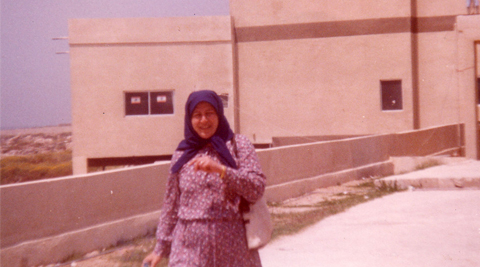
-
Philanthropic Initiatives1962-1970
Philanthropic initiatives including literacy campaigns, containment of beggary.
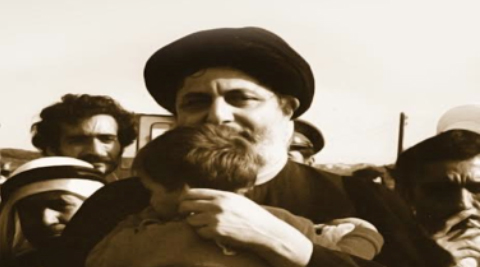
-
Women Empowerment1970-1978
Development perspective is getting clearer; enhancing the role of women and empowering them through education and a series of skills such embroidering, sewing, and handcraft; establishment of Al-Huda School including a kindergarten , and a technical nursing school.
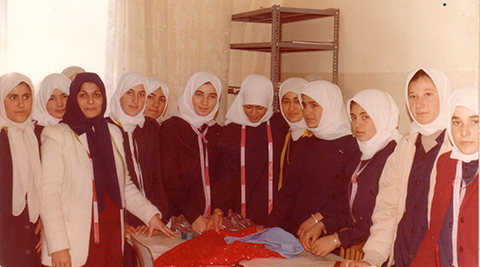
-
Disappearance of Imam SadrAugust 31st, 1978
Loss of contact with Imam Sadr and his two companions during their visit to Libya.
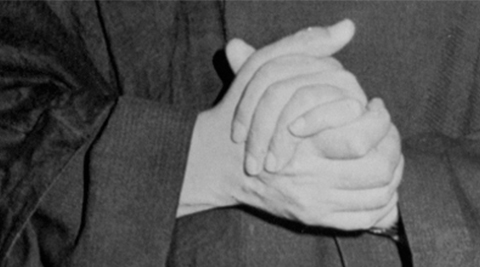
Displacement, struggle to survive amidst conflicts and civil wars; the darkest periods in contemporary South Lebanon history: the late 1970s to mid 1980s saw the ravages of war like never before. As the ferocity of Israeli attacks increased along the border regions, thousands upon thousands of citizens fled to safety in cities like Tyr and Beirut. Absorbing this massive displacement caused obvious strain on local services and infrastructure, including the hosting communities. The period also saw increased strife between local sectarian militias and Palestinian factions, who likewise sought refuge in coastal cities and villages. During this time, Lebanon suffered greatly from repeated Israeli offensives. The most serious incursion occurred during the 1982 invasion in which the war was brought into the very heart of Beirut.
-
Elementary School Launched1981
Despite these harrowing times, the work inspired by Imam Sadr continued to bring some light of hope. In an effort to reach out to girls who had become orphaned, as well as those who were living in vulnerable conditions as a result of unrelenting civil war, the Foundation launched in 1981 an Elementary School through the Rihab al-Zahra orphanage.

-
The Cornerstone of the Cultural Compound in Tyr1985
By the beginning of 1985, and right after the withdrawal of the Israeli military forces from Tyr , the benevolent guardianship and aiding activities embodied in the name of “Imam Sadr Foundation” by legal notice number 19/A.D. (1984), and prepared to set the corner stone of the cultural compound on the beach of city .
By leasing a 30,000 square meter plot of land on the southern coastal shore, the Imam Sadr Foundation scored rapid expansion in the next two decades.
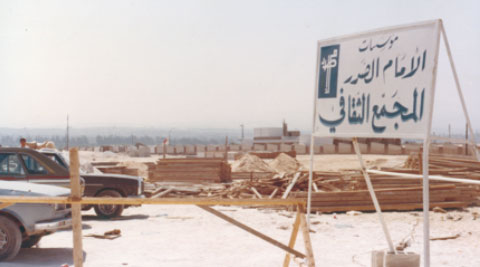
Expansion and diversification of ISF activities within the cultural compound in Tyr, and in many rural localities: elementary school, kindergarten, school for special needs, 8 socio-medical centers, center for researches and studies, vocational training programs for women; and few income generating projects.
-
Establishment of Green House1992
The Greenhouse was established: Developed in 1992 as an agricultural training space for girls, the Green House offers instruction in how to properly care for a garden, as well as professional skills in the art of flower and plant arrangement.
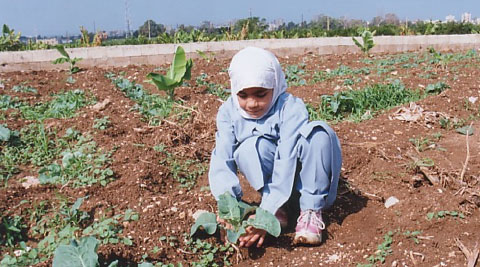
-
Establishment of The Imam Moussa Sadr Center for Research and Studies1995
The Imam Moussa Sadr Center for Research and Studies was established in August 1995. The Center exists to preserve Imam Sadr’s methodology and to disseminate his ideas to a wider audience of scholars. Among its main activities, the Center continues to collect and publish Imam Sadr’s intellectual output, participate in inter-religious dialogue, and organize symposiums throughout the region such as the annual Common Terms conferences.
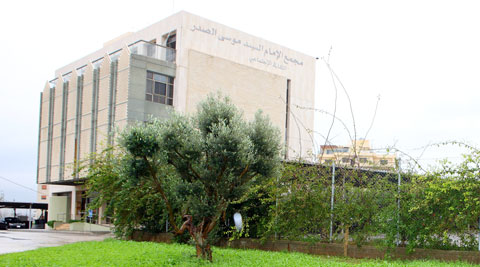
-
Launch of Special Education Section1996
The Special Education Section is launched; being unique in the area of Tyr at that time, The Program gained recognition rapidly. In addition to the parents’ involvement it captured the concern of many visitors who expressed their appreciation and encourage the Foundation to invest in this crucial field of vulnerable individuals. The encountered special needs are categorized as follows: learning retardation, speech disorders, cerebral palsy, vision/sight problems, cochlea implant, hearing aid epilepsy, cleft palate, spina bifida and disturbance of equilibrium.
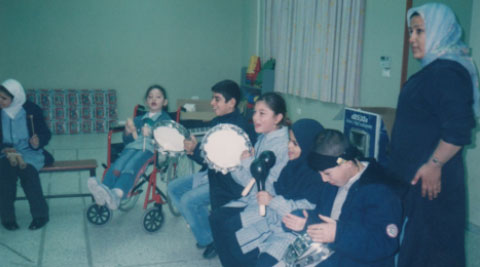
-
Intensive Vocational Training1998
Intensive Vocational Training (IVT) programs begin: As part of a continued objective to socially and economically empower women, in 1998 The Foundation began several Intensive Vocational Training (IVT) programs. Through an intensive nine-month format, IVT offers professional training in hospitality, gardening and flower arrangement, secretarial skills, child care assistance, hairdressing and cosmetics.
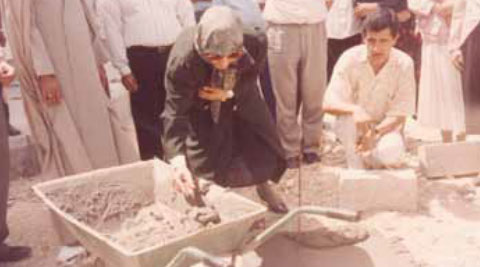
-
Opening of Milk Factory2000
As an income Generating Unit, The Milk Factory is opened. In an effort to merge the Foundation’s interests to develop rural communities and generate income for local farmers, in 2000 the Food Production Unit created a program called The Milk Factory. Through the purchase of their surplus raw milk, the program has succeeded in producing a variety of dairy products marketed throughout the region. The children of the school also benefitted from the Factory as they were given access to nutrient-fresh milk instead of powdered milk.
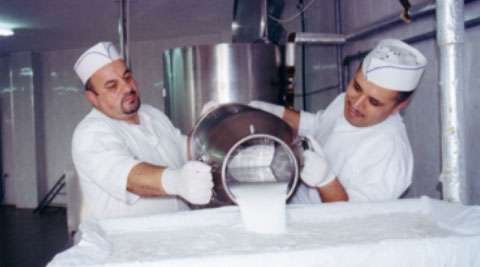
Towards the blue ocean, many initiatives mark this road: Specific module to qualify social workers, advanced techniques to rehabilitate students with special needs; pioneering curriculum to qualify mental health workers; integration of mental health service within primary health settings; care and rehabilitation center for spinal cord injuries.
On the eve of the liberation in 2000, The Lebanese areas were opened unto one another. This breakthrough had a considerable impact on the foundation. It embarked on a path of self-discovery and definition of its future roles. It sought to institutionalize administrative development and to attract competent individuals. The foundation’s activities recorded a quantum leap in terms of geographic reach and number of beneficiaries, as well as in creating services and development initiatives built on the foundation’s body of experience in the area of welfare and charitable work.
As for the organizational structure, the foundation put together a comprehensive, multi-disciplinary team where women play a crucial role in planning, administration, and implementation. The foundation staff worked hard to deliver welfare, healthcare, and educational services, as well as training and capacity building, with special focus on women’s issues and the concerns of other vulnerable and at-risk groups. In order to implement its programs, the foundation established a number of institutes and centers across the South and in the southern suburbs of Beirut.
-
Establishment of the Social Work Branch2004
The Foundation’s Al-Afaq Development Institute establishes The Social Work Branch.
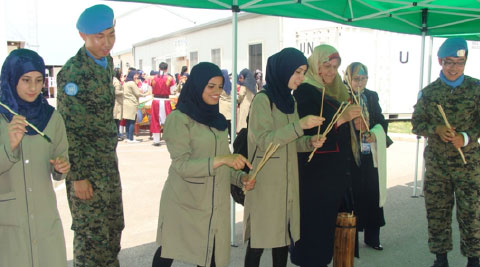
-
The War Struck Again2006
The war, again! A setback in our path to move forward
2006 war generated physical, organizational, and human losses that we would be hard-pressed to measure accurately. It was only natural that the entire staff and the majority of the student body and their parents would be affected by those circumstances and that these would have consequences on the performance and resources of the foundation in the short and medium terms.
During the war, normal operations were almost entirely halted. The only two centers that continued to provide services were located in Anquoun and Kafarhatta, relatively far removed from the shelling sites, not to mention the initiatives of a few members and employees who remained in Tyre and strove to support their municipality by delivering medicines for chronic and other diseases. In addition to the damages sustained by many foundation facilities in Beirut and the South, the war disrupted the agreements signed with government and international bodies. Timeframes and the nature of deliveries were reconsidered in light of the changes in the priorities of the targeted populations. Moreover, the social and living conditions of the staff were also under pressure as many lost their lives or were forced to leave to deal with the loss of family members, their houses, and property.
-500 consultations took place in any given month
-Summer camp for 330 war-affected children
-Resuming educational support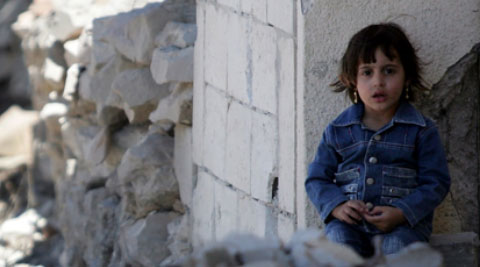
Empowering women to be able to assume national obligations and increase the ceiling of their potentials compel us to make the doors wide open for them. Hence, it has become incumbent to keep on developing the different divisions we are now fostering in the field of human sciences, medical services and administrative development.
-
Graduates Enrolling in Training Courses2010
In the nursing school, we have actually started since 2010 with the graduates who, after earning their vocational training diplomas, enrolled in mental health training courses, thanks to Norwegian Aid Committee (NORWAC).
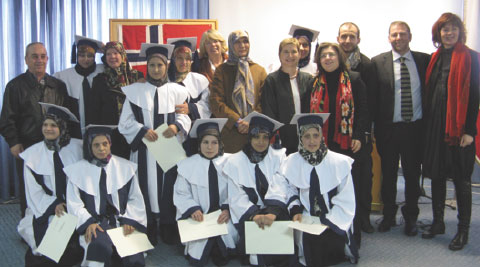
-
Expansion in Vocational Opportunities for Women2011
Expansion in vocational opportunities for women in 2011, new section of photography launched thanks to the support of the Humanitarian Foundation of the Prince Waleed Bin Talal.
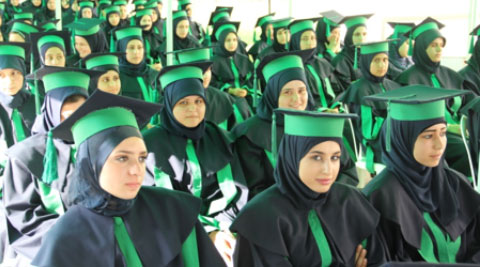
-
Inauguration of The Early Childhood Intervention Center2011
The Early Childhood Intervention Center (ECIL) inaugurated in 2011, now the accredited training center for Saint Joseph’s University and the Lebanese University, and also the subject of serious deliberation with the American University of Beirut and its professors. Furthermore, we plan to equip this division with a specialized institute for health activities such as physical, speech, hearing and other types of therapy.
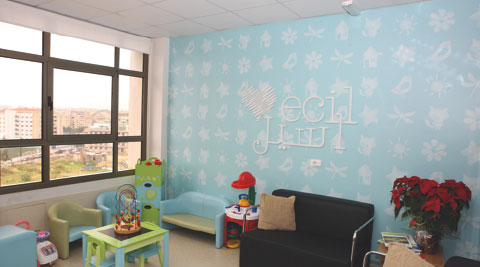
-
Golden Jubilee CelebrationOctober 31st 2013
Final Ceremony, Beirut, UNESCO, October 31st 2013
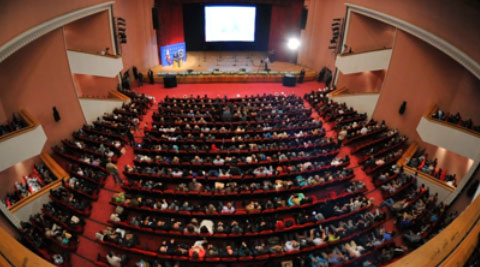
-
Launch of a New SpecializationJune 2014
In June 2014, we have launched a new specialization: the treatment of complications resulting from damages to the spinal cord. It is a joint venture with NORWAC.

-
Papyrus2016
“Papyrus” is, undoubtedly, a strategic project for sustainable development. It aims at spreading environmental culture among students and parents and sparkling positive impact on society and health. The concept is to “re-use waste paper and convert it into eco-friendly handicraft”, to build capacity and to stimulate innovation.
For more info visit: http://imamsadrfoundation.org/projects/papyrus/